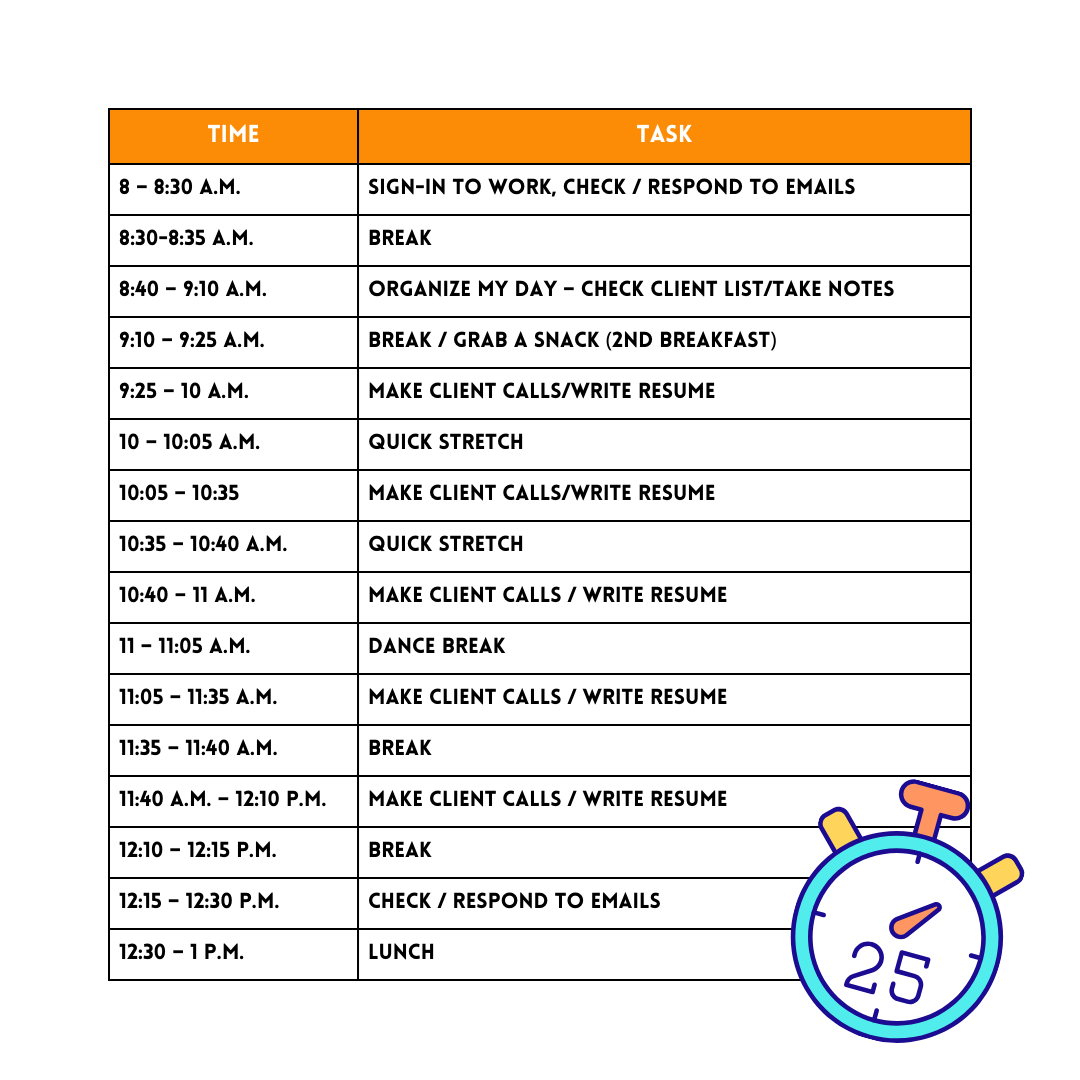How to Create a Time Management System That Actually Works
Time is precious, but let’s face it—most of us aren’t using it wisely.
Picture this: Every morning, I drop my son off at school, and there’s always that one driver speeding like they’re trying to qualify for the Indy500. Spoiler alert: they’re probably late for work. Living 45 minutes from the city means leaving just five minutes late can cost you an extra 15 minutes in traffic. And yet, these frantic commuters seem to run late every day. Even my 12-year-old knows the golden rule: If you’re on time, you’re late. We aim to arrive at every event 10–15 minutes early because that little buffer can be a lifesaver.
But time mismanagement doesn’t stop in traffic—it spills over into our daily lives.
The Snowball Effect of Poor Time Management
Let’s say our “Mario Andretti” commuter finally arrives at work—late, of course. Instead of jumping into their tasks, they spend the next 45 minutes venting about traffic to a coworker. Then, it’s time to “catch up” on social media, and before they know it, it’s 10 a.m., and nothing has been accomplished. By lunchtime, they’re complaining about how fast the day is flying by, how much work they have, and how unfair it all feels. Sound familiar?
On the flip side, you have the overworker. This was me for years. I used to carry my work laptop on vacation, answer calls after hours, and always be available on weekends. My employer loved it—my family, not so much. I was constantly busy but never truly present, and it led to burnout, a place I never want to visit again.
Taking Control of Your Time
Burnout was my wake-up call. I realized that if I didn’t take charge of my time, someone else would. So, I built a time management system that actually works for me. It wasn’t easy at first—changing habits rarely is—but it was worth it.
Here’s what worked for me:
1. Time Blocking
I started blocking out my day, hour by hour, starting with my morning routine. It helped me see where my time was going and ensured I prioritized what mattered most.
2. The Pomodoro Technique
This little gem transformed my workday. I focus on one task for 25–30 minutes without interruption, then take a 5-minute break. No doom scrolling, just stretching, a possible dance session, or refilling my 72 oz. water bottle. It’s a game-changer for productivity.
3. Setting Boundaries
I drew a hard line between work and personal time. My work hours are 8 a.m. to 4:30 p.m., Monday through Friday—period. My laptop stays in the office when I’m on vacation, and I don’t check LinkedIn messages after hours.
A Glimpse at My Day
Here’s an example of what my typical day looks like:
Why It Works
This system isn’t about cramming more into your day—it’s about prioritizing what matters, creating balance, and protecting your energy. Whether you’re a perpetual overachiever or someone struggling to get started, these strategies can help you reclaim your time and live a more intentional life.
Want more support?
📖 Grab a copy of my book Get It Together (Without Losing Your Mind)—it’s full of stories and strategies to help you reclaim your time, energy, and purpose.
📬 And don’t miss the weekly Fuel Your Week newsletter, where I share real-life tools and coaching tips you won’t find on social media.
👉🏼 Buy the book - Subscribe to the Newsletter - or fuel me with some cafecito
Disclaimer:
I am not a doctor, psychologist, or licensed therapist. Everything I share is based on my personal experiences and should not be considered professional advice. For personalized guidance, always consult a licensed medical or mental health professional—yes, a real one, not "Dr. Google" or the comment section of social media.
If you're in crisis, please call 911 or contact the 988 Lifeline for immediate support. You're not alone, and real help is available.


